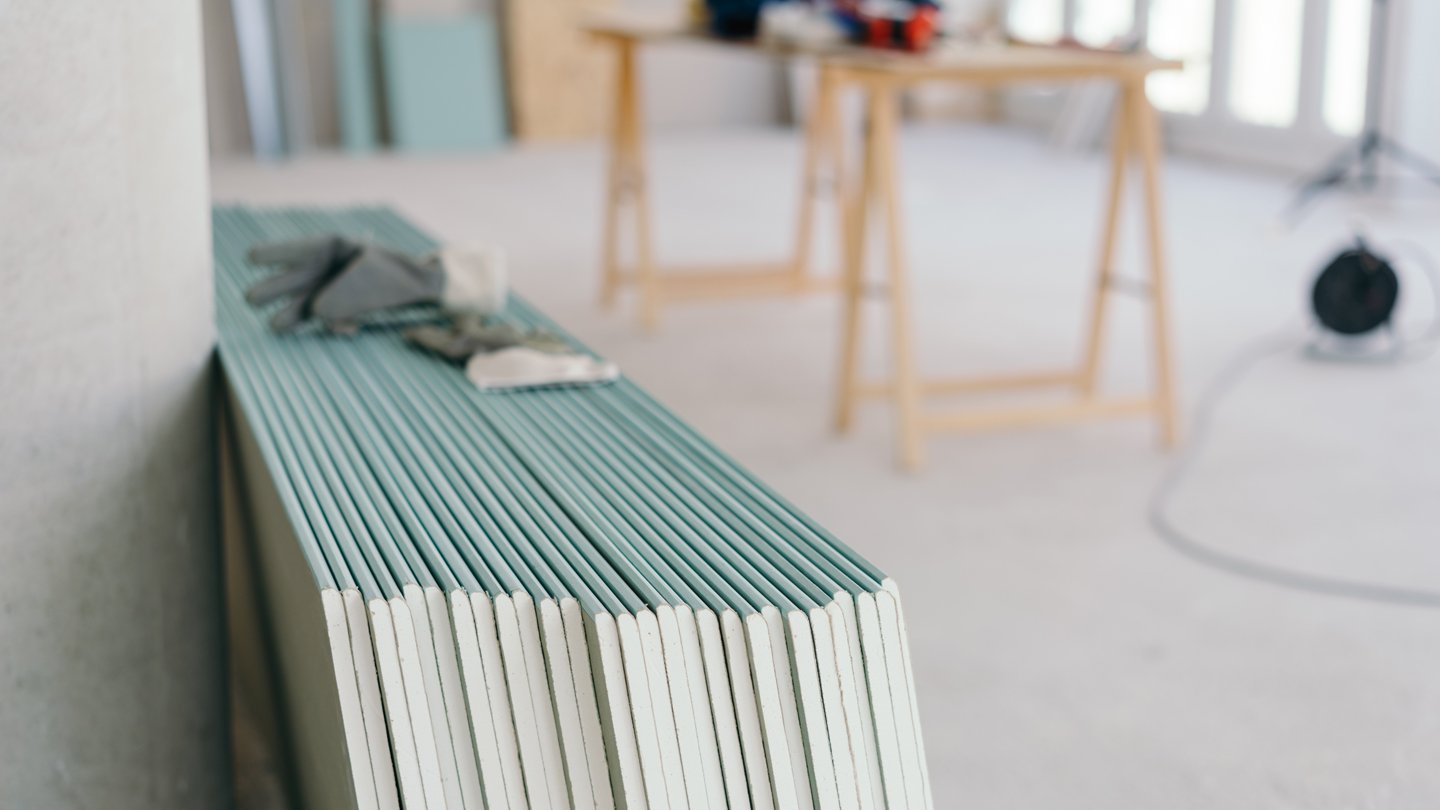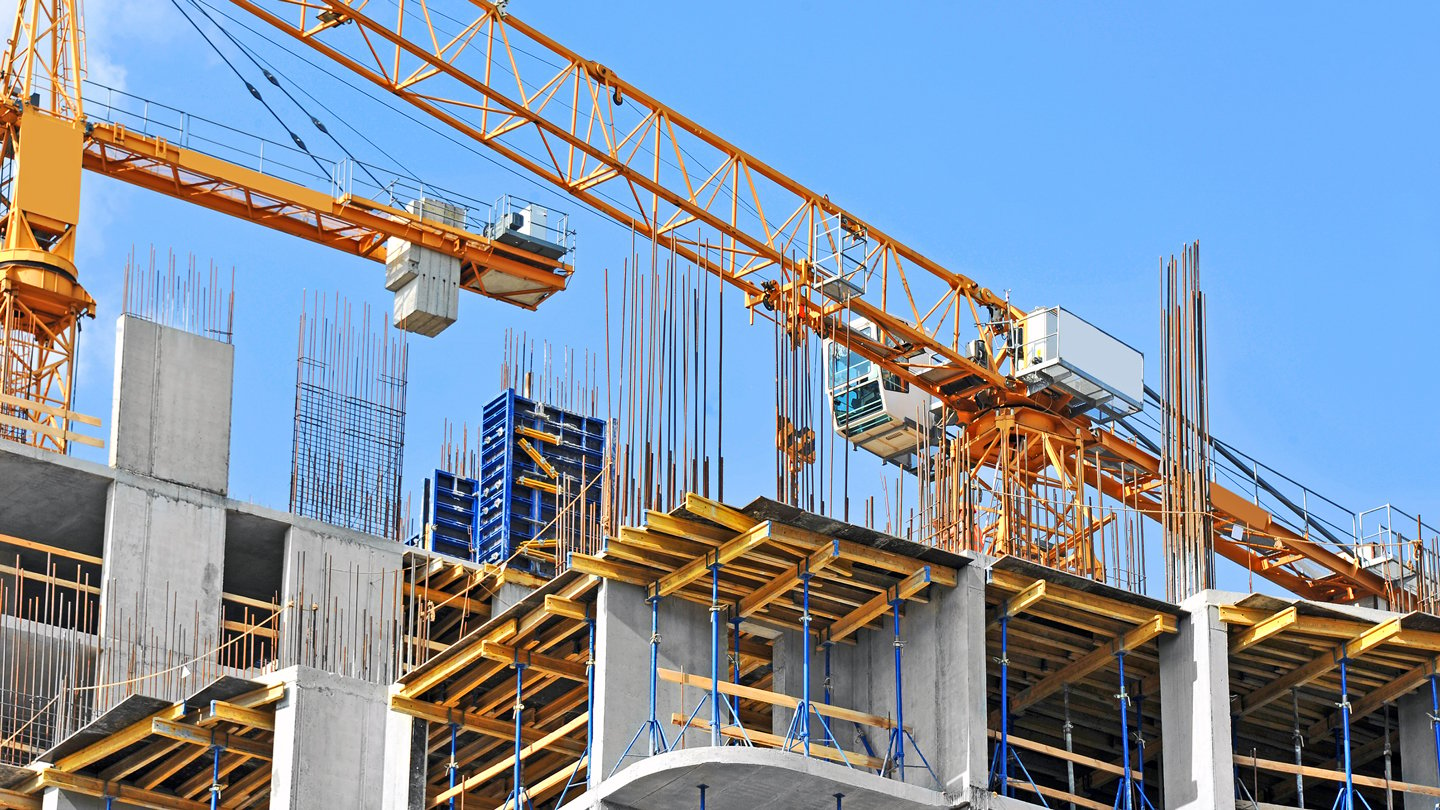Industrial Sustainability Practices That Prioritize People Over Checklists

Developers need to think strategically to support sustainable, healthy work environments.
In the early 2000s, the conversation around sustainability in industrial real estate development was markedly different from the current perspective. Back then, it was a new concept, and there weren’t established, holistic action plans regarding the environmental impact of industrial buildings.
Most sustainability strategies were surface-level in nature, such as providing a bike rack for those who may want to bike to work. While this looked good on paper, in reality, few employees working in warehouses rode bikes to work. Even with the widespread adoption of the U.S. Green Building Council’s LEED (Leadership in Energy and Environmental Design) certification, which focused on energy savings, water efficiency and improved indoor air quality, some companies seemed more intent on checking the boxes to “gain certification” rather than designing buildings with more tangible environmental benefits.
Now, with climate change a prominent concern, industrial developers are going beyond checklists and certifications. They’re formalizing plans for policies and standards designed to lower overall environmental footprints. They’re also considering the health and well-being of the people working in the buildings. By crafting a plan around improving sustainability efforts, implementing that strategy and evaluating its impact, industrial developers can be more intentional about supporting a healthier work environment and footprint.
Developing a Sustainability Plan
ESG (environmental, social and governance) and sustainability are often thrown around as catchy buzzwords, but developers’ efforts are more impactful when done by design and for the greater common good. This means looking deeper within your company’s culture, values and practices to identify key areas where achievable policies can be put into place.
One way that developers can do this is by creating sustainability criteria for all new industrial buildings. This working document outlines best practices and “basis of design” guidelines to enhance sustainability measures for facilities. It includes design features such as high-efficiency lighting throughout the property, low-water landscaping and native plants, and roof systems that reduce solar heat gain and reflectance.
For example, Robinson Weeks Partners has a goal to recycle 60% or more of construction waste and divert it from landfills. Additionally, the company is using low-flow and touchless, motion-sensor plumbing fixtures in tenant build-outs to reduce water usage by 30% or more.
From a health and well-being perspective, developers can include elements such as clerestory windows, vision panels in dock doors and low-E glass to optimize daylighting into the interior of the warehouse. Low-E (low-emissivity) glass has a thin, transparent coating applied to the surface that reflects heat from the sun and prevents heat inside a building from escaping. According to the U.S. Department of Energy, windows with low-E coatings can cost about 10% to 15% more than regular windows, but they reduce energy loss by as much as 30% to 50%.
And daylighting has benefits that extend beyond energy efficiency. A study published in the Journal of Clinical Sleep Medicine in 2014 found that employees who had windows in their workplace received 173% more white light exposure during working hours and slept for 46 more minutes on average each night.
It’s also important to provide an adequate number of air changes per hour (ACH) to bring in fresh air. ACH is a measurement used in the HVAC industry to quantify the amount of air that enters and exits a space in one hour, relative to the size of the space. ACH is usually expressed as a number, with values ranging from 0.5 ACH to 6 ACH, depending on the application. ASHRAE recommends between 6 and 30 air changes per hour in warehouses.
Finally, adding outdoor break areas to an industrial project can also boost the health and well-being of the facility’s employees.
Putting the Plan into Action
The first steps in developing a set of sustainability policies are identifying whether the organization is willing to dedicate the initial time and effort to create the plan and ensuring that the entire workforce is ready to do their part to implement it.
To guide efforts, consider appointing a sustainability leader within the organization who can help create and manage the plan’s execution. This person should be knowledgeable about constructing and operating sustainable buildings. They should also work with the rest of the team to evaluate methods to bring viable, environmentally friendly tactics to the existing portfolio and future developments.
It is crucial to recognize what’s possible at each site. Perhaps only a handful of sustainable solutions can be carried out at a particular property, while another site can handle a more robust strategy. Whatever the case, evaluate what makes the most sense and develop criteria based on what is most impactful and achievable.
Measuring the Impact
There are several tools to measure the payoff of sustainability strategies in industrial projects. These include LEED, BREEAM (Building Research Establishment Environmental Assessment Method), Energy Star Portfolio Manager and the Living Building Challenge. Deciding which tool to use depends on the goals of the company and the sustainable initiatives that are put into practice. Financial savings, the ability to attract tenants and rent increases are all positive impacts for companies that follow sustainable policies.
For example, Robinson Weeks’ Southridge Crossing development in Memphis, Tennessee, a 234,360-square-foot speculative distribution facility, uses white thermoplastic polyolefin (TPO) roofing materials. It reflects the sun and reduces solar heat gain. This single design feature, which is often called a “cool roof,” can reduce a building’s cooling energy demand between 10% to 43%, according to research from the U.S. Environmental Protection Agency (EPA). TPO is also less expensive than other roofing options.
Additionally, the EPA says TPO roofs can be up to 60 degrees Fahrenheit cooler than a standard dark roof on a hot day. That can help reduce the urban heat island effect, a phenomenon in which urban areas experience higher temperatures than surrounding rural areas due to human activities that generate heat.
While not traditionally thought of as a “green” sector, industrial developers can reap numerous benefits from introducing sustainable practices to their developments. By identifying tactics that can be replicated portfolio-wide, developers can formalize smart strategies that have a positive environmental impact, while also bolstering financial outcomes.
David Welch is CEO of Robinson Weeks Partners in Atlanta.
Relevant ResearchLater this year, the NAIOP Research Foundation will publish “Wellness in Industrial Real Estate” by Edmund Klimek. It will examine design features that can improve employee health and well-being in warehouses and distribution centers. Expanding on existing wellness standards for commercial buildings, the report offers a framework that is tailored to the needs and unique characteristics of logistics facilities. To view and download the report, visit naiop.org/research-and publications/research-reports/ |







